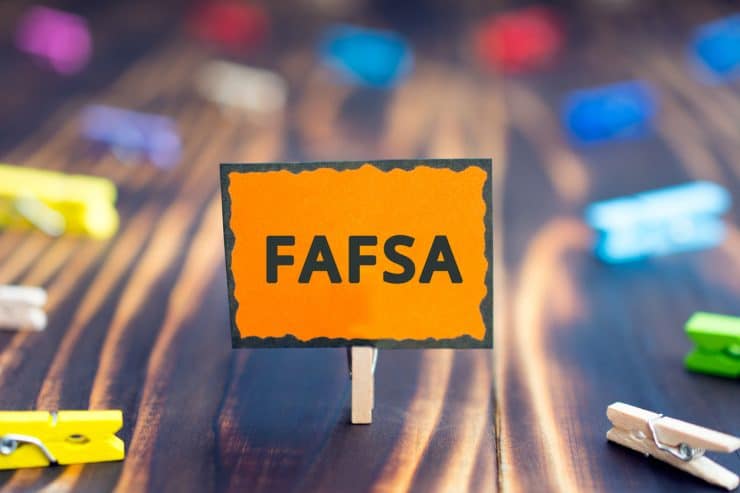Think October and you likely think Halloween, sweater-weather, leaves falling from the trees. But if you have a college student – current or starting next year – in your life, it’s also time to think about the FAFSA. The FAFSA, or Free Application for Federal Student Aid, came out on October 1. That may sound early in the scheme of college admissions, but because some college aid is distributed on a first-come-first-served basis, you are going to want to make time to deal with this form sooner rather than later. Here, are answers to the questions many parents and students have on their lists.
Who needs to fill this out?
Anyone who wants financial aid. Even if you believe your family makes or has too much money to qualify for need-based aid, you may be wrong about that (many people are). In fact, in 2018 some $2.6 billion in student aid wasn’t claimed. The need to get to it sooner rather than later is more important this year because of the coronavirus pandemic. According to a recent survey from Discover Student Loans, 40% of families that were not previously planning to apply for financial aid say that they will do so now. Not only do valuable grants and scholarships (that do not have to be repaid) tend to go quickly, but money for the Federal Work Study program is also limited.
What if my financial situation has changed?
It’s important to recognize that this year’s FAFSA will use tax information from your 2019 returns. That was before the pandemic. If your situation has changed – many families have experienced this – requesting an aid appeal is the right next move. In fact, financial aid expert Mark Kantrowitz of savingforcollege.com notes that if you are in this situation and believe that your aid offers will come in too low because of it, you do not have to wait for an acceptance letter to give the financial aid office a heads up. Reach out and contact the financial aid office at colleges or universities that your child is most interested and have a conversation. They will help you figure out what steps you need to take and when.
What happens if I am not satisfied with the aid I’m offered?
You can appeal. This is another reason to apply early. If you do so, you are likely to get your aid award offers at the same time (or around the same time) that you receive your college acceptances. This gives you more time to request an aid appeal from your school. And it’s important to recognize that even if your situation has not changed, a school’s perception of what you are able to afford may not line up with what you can actually afford. There is nothing wrong with asking for a second look. Additionally, if schools in a similar class (competitive private schools vs. other competitive private schools, highly-ranked state schools vs. highly ranked-state schools) are offering you dissimilar aid packages, you can use one to negotiate against the other.
Make sure you are comparing apples to apples
Finally, financial aid is confusing. Some people would say maddeningly so. When those aid offers begin arriving make sure that you are comparing apples to apples. A package of loans that have to be repaid is not nearly as valuable as a package of loans plus grants that do not have to be repaid. Among loans, subsidized student loans where the government pays interest while the student is in school are better than unsubsidized ones where the interest accrues on the student’s or family’s tab. If you need help sorting out your options, ask the guidance counselor at your child’s school or again, reach out to the financial aid office.






